What is parallel?
Combine multiple operating generator sets to form a large capacity power supply to supply power to the load or combine to supply power to the power grid.
Why do you need a parallel operation?
Improve the reliability and continuity of the power supply system. Because multiple units are connected in parallel into one power grid, the voltage and frequency of the power supply are stable and can withstand the impact of large load changes.
Maintenance is more convenient. Multiple units are used in parallel, which can be centralized scheduling, distribution of active load and reactive load, maintenance and repair are convenient and timely.
More economical. According to the size of the online load, a small number of small power gensets can be put in order to reduce the fuel and oil waste caused by the small load operation of the high power generating sets.
Future expansion is more flexible. It is only necessary to install the power and parallel equipment of the current power required. When the company needs to expand the power grid capacity in the future, the generator set will be added, and can easily realize the parallel of the expansion unit, making the initial investment more economical.
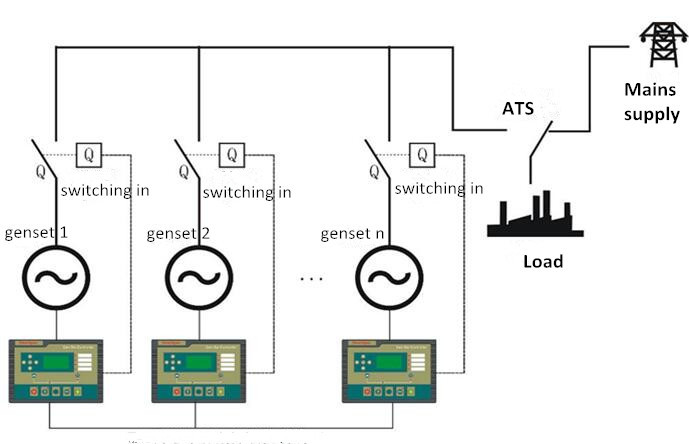
Common parallel operation method
1. Control the output through the grid-connected module after paralleling
2. ATS output after parallel operation
3. Directly through the output cabinet after parallel operation
Common parallel controller brands: SmartGen, Deep Sea, Comay
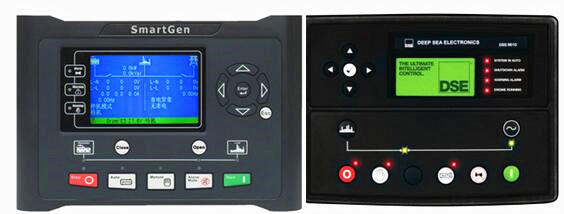
Brief description of parallel principle
The three elements of parallel operation: phase sequence, voltage and frequency are consistent.
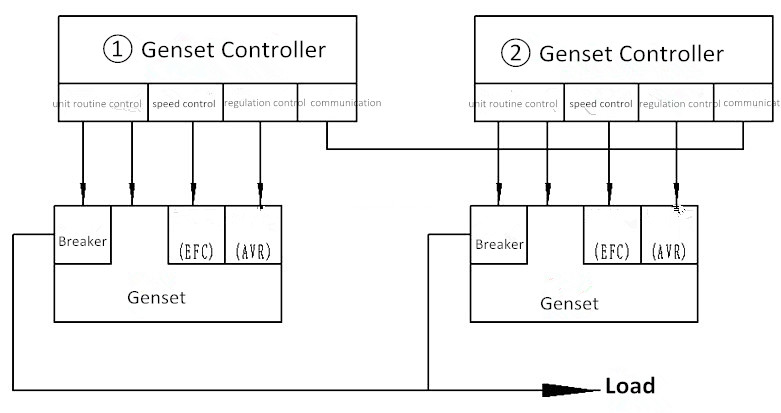
Pay attention to the parallel cabinet
1. Controller model
2. Circuit breaker model (default fixed circuit breaker)
3. Other requirements of the control cabinet (such as: providing unit operation without signal source electric shock, overall dimension of cabinet, the color of cabinet body). The cabinet size defaults to 800×800×2200 mm
4. Whether the overall output cabinet is provided
Fixed type: low cost, good ventilation and high reliability
Drawer type: high cost, poor ventilation and heat dissipation, low reliability
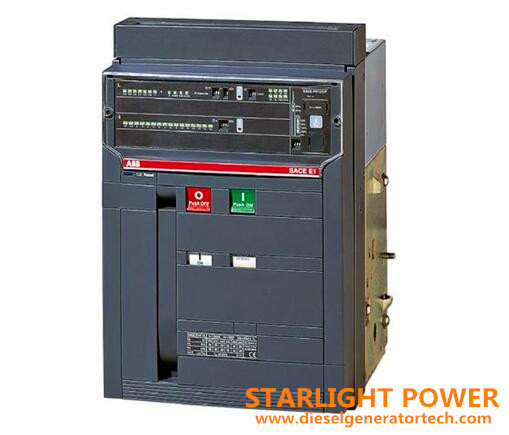
Brief description of the parallel debugging process
1. Single machine debugging
a. Check the main cable of the cabinet, the power generation voltage sampling line of the controller, the current transformer sampling line, the busbar voltage sampling, and the two communication lines, etc.
b. Set the basic parameter settings of the controller. (gen set parameters, switch input/output, etc.)
c. The starting unit adjusts the engine speed at 1500RPM voltage of 400V
2. Parallel debugging: no-load parallel
a. The unit is unloaded and observes whether the active power, reactive power and current of the generator are zero (active power modulation, reactive power frequency modulation).
b. Adjust to no loop (active power, reactive power, current are zero).
3. Parallel debugging: with load parallel
Manual parallel: The controller is in manual mode, and the two units are manually operated in parallel, and the load is gradually increased for testing. Verify that the active and reactive power distributions of the two gensets are balanced or proportional. The rated tolerance is ±10%.
Automatic parallel: The controllers are all in automatic mode. If the load of the first generator set reaches 80%, the second unit is started and the load is divided. When the total power drops to 70% of the main unit power, the auxiliary unit is shut down, and the main unit is powered separately.
(Automatic mode will perform synchronous detection, synchronous adjustment, synchronous closing parallel operation.)
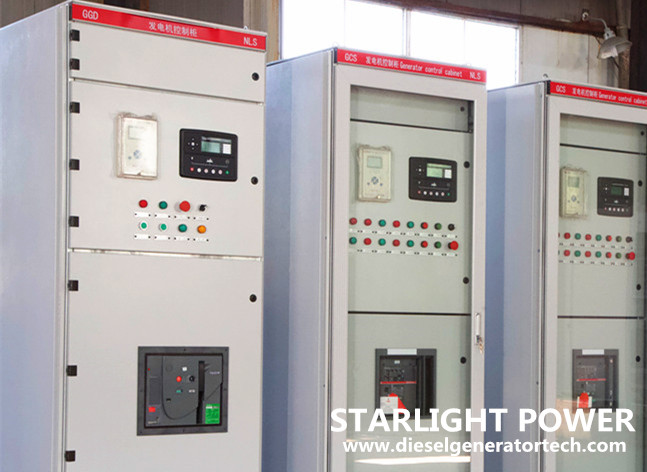
Three startup modes are commonly used in automatic mode
1. Boot according to demand
① In the automatic mode, when the remote boot load of the switch input is valid (according to the demand), the module with the highest priority is turned on first. When the load is greater than the maximum percentage of the boot set by the module, the secondary priority module is turned on, and the parallel is synchronized and the average load is divided.
② When the load is less than the minimum percentage of shutdown set by the module, after the sub-priority module shutdown delay is completed, the cooling is stopped.
③ When the loaded genset alarms down, the sub-priority module is powered on.
2. All boot
① In the automatic mode, when the remote boot of the switch input is effective (according to the demand), all the modules are turned on. Firstly, the module that has reached the loading condition is first closed. After the other modules reach the loading condition, the modules are synchronized one by one. Then the module detects the load. When the load is less than the minimum percentage of shutdown set by the module, the module with low priority stops after the shutdown delay, and the cooling is stopped.
② When the load is greater than the maximum percentage of the power-on set by the module, the remaining unpowered units start automatically.
③ When the loaded generating set alarm shutdown, the remaining unpowered units are all automatically turned on.
3. Balance engine running time
① In the automatic mode, when the remote boot of the switch input port is enabled (on demand), the generator set with small engine running time is turned on first.
② When the running time of the unit running with load is longer than the balanced engine running time set by other units, the other units are scheduled to start up (can boot according to the demand, all start up in two modes), and the other gensets are synchronously connected. Unload and stop by itself.
③ All generator sets are automatically switched on and off according to the balance of engine running time.
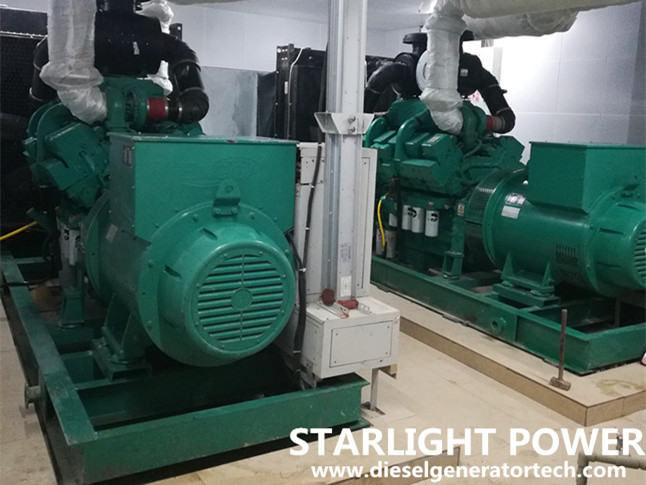
Copyright © Guangxi Dingbo Generator Set Manufacturing Co., Ltd. All Rights Reserved | Sitemap
Update cookies preferences